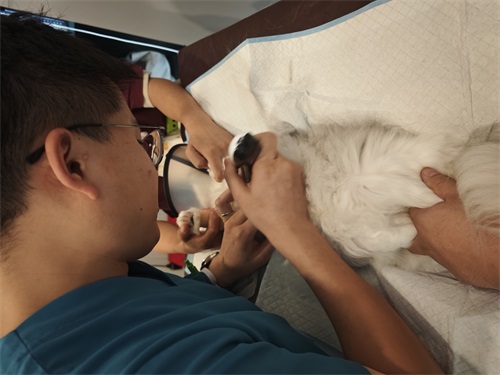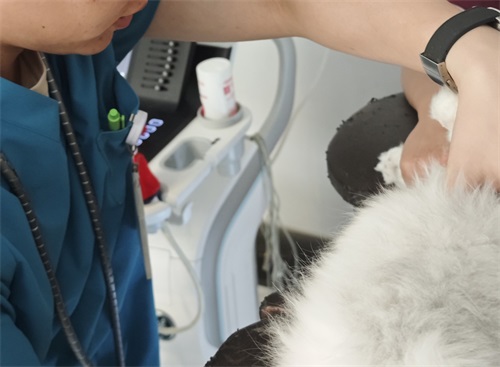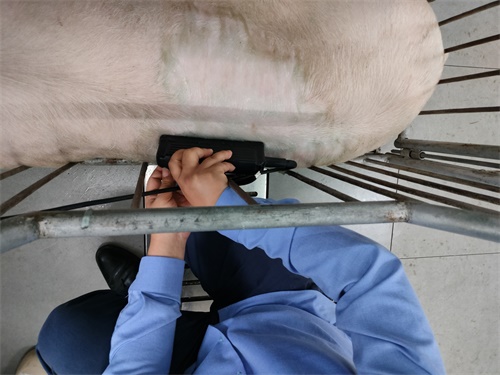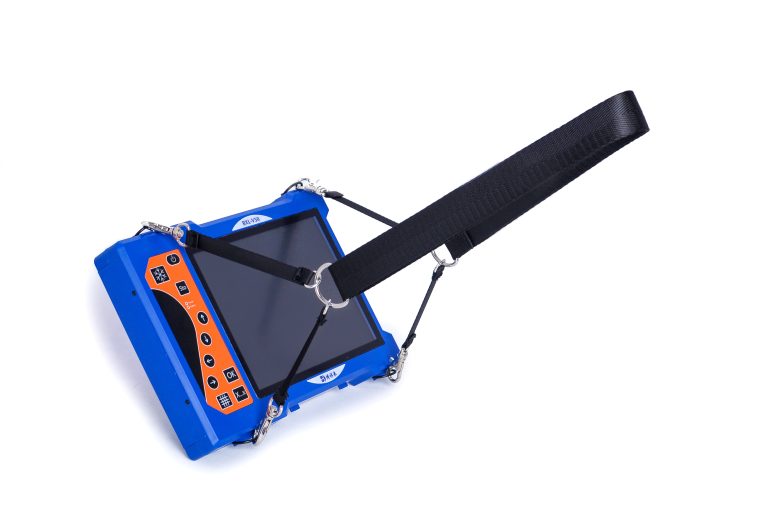How Long Does an Average Ultrasound Take at a Clinic on Cats?
Ultrasound examinations are a vital part of modern veterinary diagnostics, especially for small animals like cats. These non-invasive, real-time imaging techniques help veterinarians assess internal organs, detect abnormalities, guide biopsies, and monitor ongoing treatments. But one common question pet owners often ask is: How long does an average ultrasound take at a veterinary clinic for cats? This article provides an in-depth explanation of the process, timeline, influencing factors, and why ultrasound is a preferred diagnostic method for felines.

Understanding Feline Ultrasound: The Basics
Ultrasound imaging, or ultrasonography, uses high-frequency sound waves to create real-time images of a cat’s internal organs. A handheld device called a transducer sends sound pulses into the body and then receives the echoes that bounce back from various tissues and organs. These echoes are translated into images on a monitor.
For cats, ultrasonography is especially useful for evaluating the abdominal cavity—liver, kidneys, spleen, pancreas, intestines, bladder, and reproductive organs. It’s also used in cardiac imaging (echocardiography) and occasionally in musculoskeletal assessments.
Average Duration of a Feline Ultrasound
1. Routine Abdominal Ultrasound
A standard abdominal ultrasound on a calm and cooperative cat typically takes 15 to 30 minutes from start to finish. This includes the time for:
-
Shaving the fur from the abdomen
-
Applying ultrasound gel
-
Performing a systematic scan of each organ
-
Capturing and recording the necessary images
2. Echocardiography
A heart ultrasound, or echocardiogram, may take slightly longer—usually 20 to 40 minutes—depending on the cat’s behavior and whether color Doppler technology is used to evaluate blood flow.
3. Total Clinic Time
While the ultrasound itself might only take 20–30 minutes, the entire visit could last 45 minutes to over an hour due to check-in, physical examination, pre-scan stabilization (if sedation is needed), and post-scan consultation with the veterinarian.

Factors That Affect Scan Duration
Several variables influence how long a cat ultrasound takes:
1. Cat’s Temperament
A calm cat that allows handling will speed up the process. On the other hand, a stressed or aggressive cat may require additional time for gentle restraint or even light sedation.
2. Sedation Use
Mild sedation is sometimes used to minimize movement and reduce stress, particularly for cardiac or in-depth abdominal scans. Preparing and monitoring a sedated cat adds 10–20 minutes to the procedure.
3. Complexity of the Case
If the veterinarian is investigating specific concerns such as a mass, fluid accumulation, or an abnormal blood test result, the ultrasound will likely be more thorough and time-consuming.
4. Equipment and Operator Experience
Modern, high-resolution ultrasound machines paired with skilled sonographers or veterinarians enhance efficiency. An experienced operator can complete the procedure more swiftly without sacrificing diagnostic accuracy.
Preparation and Procedure
Before the ultrasound, cats are often fasted for 8–12 hours, especially for abdominal scans. This reduces the amount of gas in the intestines, which can interfere with image clarity.
During the procedure:
-
The cat is gently placed on a soft padded table or V-shaped foam support.
-
Fur is shaved in the area to be scanned to allow direct skin contact.
-
A water-based gel is applied to facilitate acoustic coupling.
-
The transducer is moved over the skin in a specific pattern to visualize organs.
In most cases, cats tolerate the procedure well. An assistant or technician may gently hold the cat to keep it still. Sedation is only administered if absolutely necessary.

Why Ultrasound is Often Faster Than Other Imaging
Compared to other imaging modalities such as CT scans or MRIs—which require general anesthesia and longer setup—ultrasound is relatively quick and stress-free. It provides immediate results and is often performed during the same appointment when abnormalities are suspected.
Moreover, unlike radiographs (X-rays), ultrasound can show soft tissue details and fluid dynamics in real time, making it a superior option for diagnosing abdominal and cardiac conditions in cats.
Benefits of Ultrasound in Cats
-
Non-invasive and generally painless
-
No ionizing radiation
-
Real-time imaging of organ motion and blood flow
-
No recovery time if sedation is not used
-
Quick and repeatable for follow-up assessments
Ultrasound also plays a crucial role in interventional procedures, such as guiding fine-needle aspirates or biopsies of abdominal masses or organs, allowing for precise and safe sample collection.
Limitations of Feline Ultrasound
Despite its many advantages, ultrasound does have limitations:
-
It cannot penetrate gas or bone effectively, making some areas harder to image (e.g., lungs or intestinal gas shadows).
-
Image quality may be compromised in obese animals due to increased tissue depth.
-
Operator dependency means that results can vary depending on the veterinarian’s skill and experience.

When Is Ultrasound Recommended for Cats?
Veterinarians may recommend an ultrasound in various scenarios:
-
Vomiting or diarrhea that persists without a clear cause
-
Abdominal pain or distention
-
Abnormal bloodwork (e.g., elevated liver enzymes or kidney values)
-
Urinary issues or suspected bladder stones
-
Suspected tumors or fluid in the abdomen
-
Heart murmur or suspected cardiac disease
-
Pregnancy monitoring
Conclusion: Expect 15–30 Minutes for the Scan, More for the Entire Visit
In summary, the average ultrasound exam for a cat takes about 15–30 minutes, but the overall visit—including preparation and follow-up discussion—may last closer to an hour. The speed and comfort of the procedure depend largely on the cat’s temperament, the use of sedation, and the complexity of the case. Pet owners should always consult with their veterinarian to understand what’s involved and how to best prepare their cat for the appointment.
References
-
Cornell University College of Veterinary Medicine. “Ultrasound.”
https://www.vet.cornell.edu/hospitals/services/imaging/ultrasound -
VCA Animal Hospitals. “Ultrasound in Cats.”
https://vcahospitals.com/know-your-pet/ultrasound-in-cats -
International Cat Care. “Diagnostic imaging: ultrasound in cats.”
https://icatcare.org/advice/ultrasound-in-cats/





